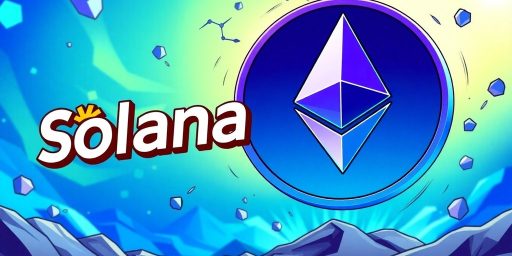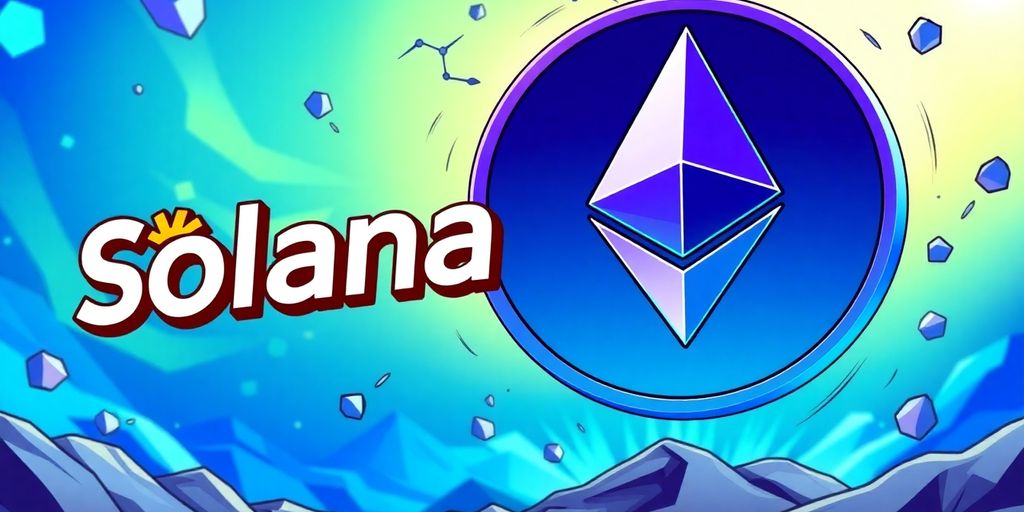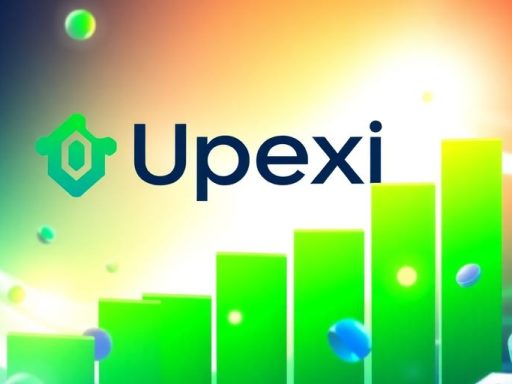The Solana network recently made headlines by briefly surpassing Ethereum in total staked value, igniting discussions about the implications for both ecosystems. With over $53.9 billion worth of SOL staked, the event raises questions about the future of decentralized finance (DeFi) on Solana and the overall health of its network compared to Ethereum.
Key Takeaways
- Solana’s staked value briefly exceeded Ethereum’s, with $53.9 billion in SOL staked.
- SOL offers an annualized return of 8.31%, significantly higher than Ethereum’s 2.98%.
- Critics argue that high staking returns may be stifling Solana’s DeFi activities.
- Ethereum maintains a larger number of validators and a higher total value locked in DeFi.
The Flippening Explained
On April 20, 2023, Solana’s total staked value reached approximately $53.9 billion, surpassing Ethereum’s staked market cap of $53.93 billion. This momentary flip, often referred to as the "flippening," was driven by Solana’s impressive price performance over the past two years, with the SOL/ETH price ratio increasing nearly tenfold since June 2023.
Staking Returns: A Double-Edged Sword
One of the primary factors contributing to Solana’s rise in staking value is its attractive annualized return of 8.31%. This return is significantly higher than Ethereum’s 2.98%, leading many users to prefer staking SOL over engaging in DeFi activities.
However, this trend has raised concerns among industry experts. Some argue that the high staking returns are drawing users away from DeFi, which is crucial for the ecosystem’s growth. For instance, the liquidity available in Solana’s DeFi space is considerably lower than Ethereum’s, with only $8.85 billion locked in comparison to Ethereum’s $50.4 billion.
The Debate on Economic Security
Critics have also pointed out that Solana’s staking mechanism lacks robust economic security. Unlike Ethereum, which employs slashing to penalize malicious behavior, Solana’s current system does not automatically enforce penalties on bad actors. This has led to skepticism about the true security of the Solana network.
An Ethereum researcher highlighted this issue, stating, "It’s very ironic to call it ‘staking’ when there is no slashing. What’s at stake?" This sentiment reflects broader concerns about the long-term viability of Solana’s staking model.
Future Developments in Staking Mechanisms
In response to these criticisms, Solana Labs is working on implementing a more comprehensive slashing solution later this year. CEO Anatoly Yakovenko has proposed a correlated slashing mechanism, which would impose penalties based on the difference between a validator’s stake and the median stake of the network.
Meanwhile, Ethereum developers are exploring ways to decentralize staking further, as many stakers have turned to liquid staking protocols due to the high minimum requirement to run an independent validator. This shift has led to concerns about centralization, particularly with the Lido protocol capturing a significant share of Ethereum’s liquid staking market.
Conclusion
The brief flip of Solana over Ethereum in staking market cap has sparked a lively debate about the future of both networks. While Solana’s high staking returns may attract users, they also pose risks to the growth of its DeFi ecosystem. As both networks evolve, the outcomes of their respective staking mechanisms will play a crucial role in shaping their futures in the competitive landscape of blockchain technology.








